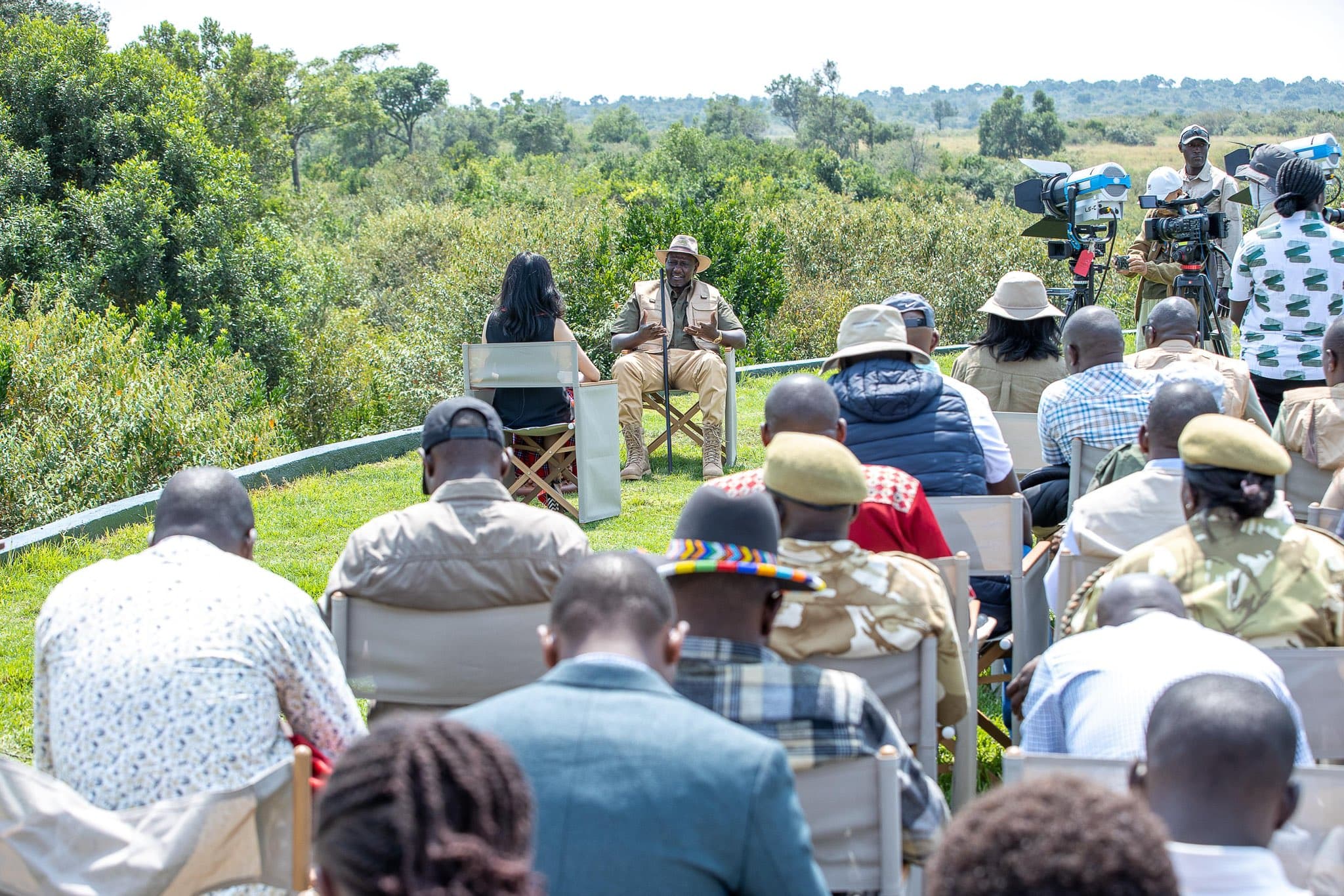We're loading the full news article for you. This includes the article content, images, author information, and related articles.
Kenya will livestream the Great Wildebeest Migration and aims for 5 million annual visitors by 2027, leveraging the Mara spectacle and visa waivers.

In July 2025, Kenya teamed up with Tanzania and partnered with China Media Group Africa to launch a global livestream of the Mara River crossings—bringing the migration to millions around the world in real time. This initiative aims to amplify global visibility for the migration and strengthen Kenya’s position as a top wildlife destination .
President William Ruto officially launched the 2025 live broadcast from Masai Mara National Reserve, unveiling a visionary goal: attracting 5 million international tourists by 2027. This comes after a solid growth in 2024, when arrivals hit 2.4 million—a 15% increase over 2023—and tourism revenues rose to Ksh 452 billion (approx. $3.5 billion) .
Masai Mara, described as the crown jewel of Kenyan tourism, hosted over 400,000 visitors annually and remains central to this strategy .
Natural drama at its peak: Mid-July to late September marks the peak migration when over 1.5 million wildebeest, plus zebras and antelopes, cross crocodile-infested waters in a life-or-death dash to greener pastures .
Accessible and cinematic: The crossing points in Masai Mara are more easily reached—about a 6-hour drive from Nairobi—compared to 10+ hours from Arusha to Serengeti on the Tanzanian side .
Eco-tourism in action: Attendees witness conservation and local community benefits firsthand, reinforcing Kenya’s message that sustainable tourism drives ecological and economic growth .
Kenya’s tourism strategy underlines:
Diversified attractions: Beyond safaris, the campaign promotes beaches, cultural heritage, digital innovation, and sports tourism—aiming for experiences that resonate widely beyond wildlife lovers .
Inclusive growth: By designing tourism that benefits host communities and ecosystems, Kenya aims to create lasting impact for both locals and travelers .
Infrastructure momentum: Expanding hotel capacity, improving transport connectivity, and elevating service quality underpin the drive to cater to millions more visitors.
Elevated global profile: Watchers who log into livestreams may become future travelers or ambassadors of Kenya’s wild experiences.
Revenue potential: If targets hold, tourism revenues could more than double by 2027, benefiting airports, safari camps, local artisans, and more.
Community upliftment: Masai Mara communities already benefit from conservancy tourism; success means expanding opportunities for locals while preserving the ecosystem.
Kenya’s decision to livestream the Mara River crossings isn’t just marketing—it’s storytelling at scale. By broadcasting the Great Migration live from Masai Mara, the country connects millions to its natural landscape, cultural richness, and conservation ethos. With a clearly defined goal of 5 million tourists by 2027, Kenya is signaling its readiness to lead global eco-tourism while staying true to sustainability, community engagement, and immersive travel.
|
Initiative |
Key Insight |
|---|---|
|
🖥️ Global Livestream |
Showcases migration in real time |
|
🎯 Tourism Target |
Growth from 2.4M to 5M by 2027 |
|
🌿 Peak Migration Window |
Mid-July to late September |
|
📍 Location Benefit |
Masai Mara within 6 hours of Nairobi |
|
🌍 Diversified Tourism Offerings |
Wildlife, beaches, culture, sports |
|
🤝 Inclusive Economy |
Tourism profits communities & nature |
Keep the conversation in one place—threads here stay linked to the story and in the forums.
Other hot threads
E-sports and Gaming Community in Kenya
Active 7 months ago
Popular Recreational Activities Across Counties
Active 7 months ago
The Role of Technology in Modern Agriculture (AgriTech)
Active 7 months ago
Investing in Youth Sports Development Programs
Active 7 months ago